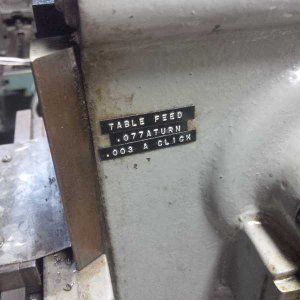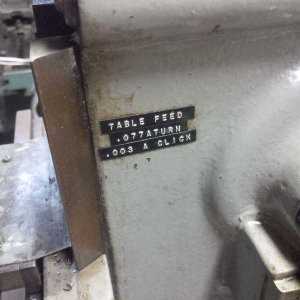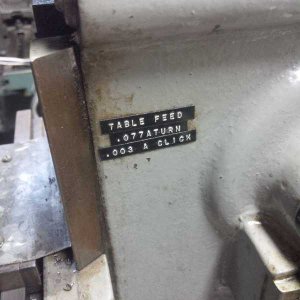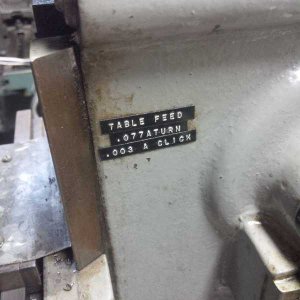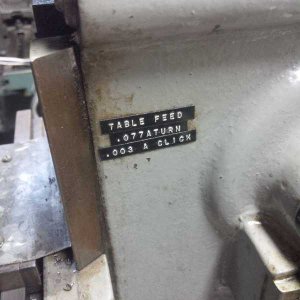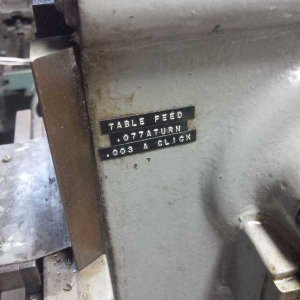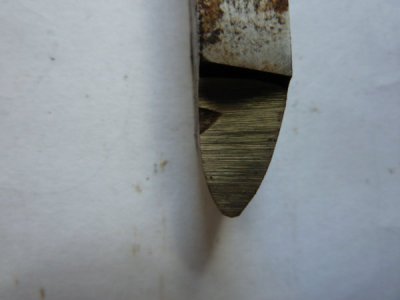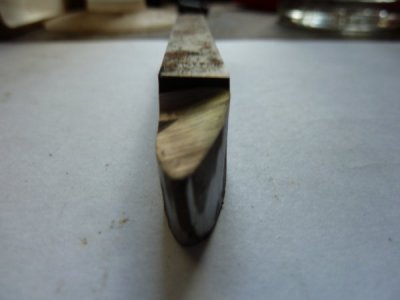- Joined
- Sep 5, 2013
- Messages
- 3,745
Thanks Mike, I'm always interested to see what the capabilities of the other small machines are. The books all tell a person how and what to grind, but never really how much to safely take in one bite of a cut!
40 thousandths is a pretty decent depth, on a small machine anyways. As a matter of interest (or not) my ratchet pawl gives 5 thou stepover for each "click", so my finest feed is 5 thousandths and up to the 15 per step on a coarse feed. 8" shaper.
Thanks again for the info.
-frank
40 thousandths is a pretty decent depth, on a small machine anyways. As a matter of interest (or not) my ratchet pawl gives 5 thou stepover for each "click", so my finest feed is 5 thousandths and up to the 15 per step on a coarse feed. 8" shaper.
Thanks again for the info.
-frank


